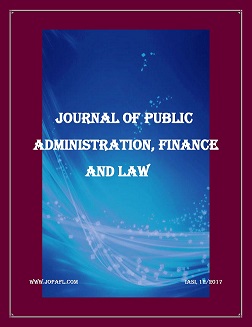Decision Making Models on Educational System Changes
Decision Making Models on Educational System Changes
Author(s): Valeriu AntonoviciSubject(s): Governance, State/Government and Education, Management and complex organizations, Economic development, Human Resources in Economy
Published by: Editura Tehnopress
Keywords: Decisions making; education changes; human capital;
Summary/Abstract: Changes in national education system should start as an objective of diagnosis from which to establish a long-term goal. From a historical perspective, this goal has coincided with a country program. A country with a strong educational system can support a sustainable economy, a well-qualified labor market and a better life for every citizen. This goal is specified in all the government programs of the parties that are entering a political competition. A strong economy can provide more money for education, and the formula is valid both ways – more money in education leads to an economic gain. Today few will deny that education is a necessity for economic growth and, above all, that education is the guarantee for democratic and cultural development (Lundgren; 2002). In this article, I will demonstrate how such an objective can be partially missed because of the fact that the system changes were targeted and made only in crisis areas, not globally, across the system. Thus the legislative incoherence and confusion between centralism and autonomy made the system quickly adapt and the assumed goal to be more and more difficult realize. The political class has adopted a new model of making public policy, that I will call "to extinguish the fire". Most of the changes in this area have been made in this way: large fires were extinguished, it was patched where the holes were too big, but the fire continued to smolder. Hence, teachers and students have also adapted to the times and the results are visible to all national and international tests/ indicators.
Journal: Journal of Public Administration, Finance and Law
- Issue Year: 2017
- Issue No: 12
- Page Range: 29-33
- Page Count: 5
- Language: English

